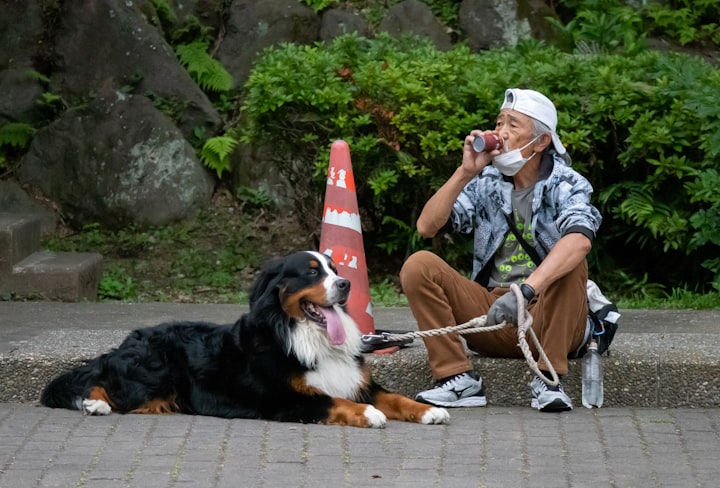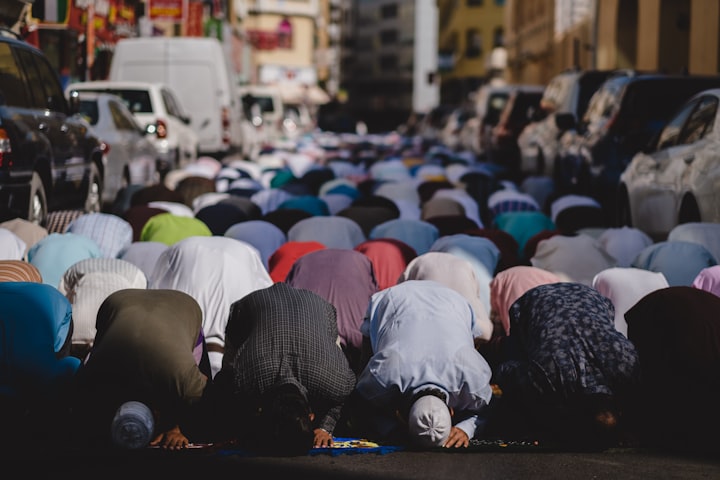
Introduction :
Cultural diversity is a rich tapestry that weaves together various traditions, customs, and practices from around the world. Within this tapestry, Japan and China stand as two vibrant threads, each contributing their unique colors and patterns. While it is important to approach discussions about cultural differences with sensitivity and respect, exploring the distinctions between Japanese and Chinese individuals can foster a deeper appreciation for their respective cultures. This article aims to delve into these distinctions and highlight some key aspects that could potentially help differentiate between the two cultures at a glance.
Facial Features and Physical Characteristics:
One aspect that can sometimes offer clues is the facial features and physical characteristics of individuals. Japanese individuals often have more prominent cheekbones, slightly wider and more angled eyes, and a narrower jawline. In contrast, Chinese individuals might have rounder faces, relatively flatter cheekbones, and wider jawlines. However, it is important to note that these observations are generalizations and should not be taken as definitive indicators. Both cultures have diverse physical appearances, and there can be significant variations within each group.

Hairstyles and Fashion Choices :
Another element that can help differentiate between Japanese and Chinese individuals is their hairstyles and fashion choices. Japanese fashion tends to favor clean lines, minimalist designs, and understated colors. Many men and women opt for more conservative and natural hairstyles. On the other hand, Chinese fashion often embraces a more diverse range of styles, with brighter colors, intricate patterns, and a mix of traditional and modern elements. Chinese individuals are more likely to experiment with bold and unique hairstyles, reflecting their dynamic fashion sense.

Body Language and Gestures :
Body language and gestures are cultural cues that can provide insights into someone's background. Japanese individuals often exhibit reserved and modest gestures, with a preference for subtlety and politeness. They might bow slightly as a sign of respect and use more controlled hand movements. In contrast, Chinese individuals tend to be more expressive in their body language, using broader gestures and placing emphasis on maintaining eye contact during conversations. However, it is crucial to remember that individual personality traits and regional variations can influence these behaviors, making it important not to make assumptions based solely on these observations.

Cultural Context and Language :
Considering the cultural context and language can also offer valuable hints. If you find yourself in Japan, it is more likely that someone you encounter is Japanese, and vice versa in China. Paying attention to the language spoken or written around you can provide additional clues. Japanese uses three writing systems: Kanji (adopted from Chinese characters), Hiragana, and Katakana. In contrast, Chinese uses characters from the simplified or traditional Chinese script. Recognizing these linguistic differences can aid in distinguishing between the two cultures.

Conclusion :
Exploring the cultural distinctions between Japanese and Chinese individuals is a fascinating journey that can enhance our appreciation for their rich and diverse heritage. It is crucial to approach these discussions with sensitivity, recognizing that these observations are generalizations and not definitive indicators of an individual's cultural background. Embracing cultural diversity involves appreciating the complexities within each culture while respecting the unique experiences and individuality of every person we encounter. By fostering understanding and celebrating the beauty of different cultures, we can create a more inclusive and harmonious global community.
Moreover, delving deeper into the cultural distinctions between Japanese and Chinese individuals allows us to gain a more profound understanding of their rich and diverse heritage. It opens doors to appreciation and admiration for the unique customs, traditions, and values that shape their societies. It is important, however, to approach these discussions with sensitivity and an open mind, acknowledging that these observations are generalizations and not definitive indicators of an individual's cultural background.
Embracing cultural diversity goes beyond merely recognizing surface-level differences. It involves recognizing and appreciating the complexities within each culture, understanding the historical, social, and geographical factors that have shaped them over time. Each culture is a tapestry of stories, experiences, and beliefs, and by acknowledging this, we can develop a greater respect for the multitude of perspectives that exist in our world.
In our quest to appreciate cultural distinctions, it is essential to respect the unique experiences and individuality of every person we encounter. While general observations might provide initial insights, it is crucial to remember that individuals are not defined solely by their cultural background. Each person carries their own personal history, aspirations, and values that shape their identity.
By fostering understanding and celebrating the beauty of different cultures, we contribute to the creation of a more inclusive and harmonious global community. It is through embracing diversity that we can bridge gaps, break down stereotypes, and build meaningful connections with people from different cultural backgrounds. Such connections enrich our lives, broaden our perspectives, and inspire mutual respect and empathy.
As we embark on the fascinating journey of exploring cultural distinctions, let us do so with curiosity, humility, and an appreciation for the vastness of human experiences. By embracing and celebrating the unique contributions of each culture, we pave the way for a world that thrives on unity amidst diversity.





Comments
There are no comments for this story
Be the first to respond and start the conversation.